For the realization of a society full of safety, peace of mind and trust, and for the continuous improvement of corporate value.
Link:Integrated Report 2025 p.28-29 “Hulic Group's Value Creation Process”
Input*1
-
Human and intellectual capital
Number of Employees 2,828 (consolidated)/
233 (non-consolidated)Ordinary profit
per employeeJPY 650.0 million Training expenses
per employeeJPY 162 thousand -
Manufactured capital
Total number of properties 245 properties Percentage of properties
in Tokyo 23 wards68 %*2 Percentage of properties
within 5 minutes walk from the nearest station73 %*2 -
Social capital
Active promotion of social contribution activities
Public-private coordination in PPP business
Coordination and cooperation with building management and construction companies
-
Financial capital
Total Assets JPY 3,048.9 billion Equity JPY 832.9 billion Equity Ratio 33.0 %*3
- *1As of December 31, 2024
- *2Excludes residential and related properties
- *350% (JPY 175 Bln) of hybrid finance (JPY 350 Bln) was calculated as nominal equity.
Business Model
Medium- and Long-Term Management Plan
Strike a balance between P/L Growth, Profitability, B/S Soundness, and Productivity (efficiency) at a high level
- P/L Growth
Posted continued earnings growth since listing on TSE
Average rate of growth of Consolidated Ordinary Profit: 19.5% - Profitability
Maintained higher profitability than competitors
Ordinary Profit to Sales Ratio (FY2024): 26.0% - B/S Soundness
External credit rating: AA- (stable)
Equity Ratio (FY2024): 33.0%* - Productivity (Efficiency)
Putting emphasis on income per employee and ROE
ROE (FY2024): 12.8%
- *50% (JPY175 Bln) of hybrid finance (JPY350 Bln) was calculated as nominal equity.
- 1Further evolve the business model and restructure the leasing portfolio
- 2Strengthen development and value-added businesses
- 3Create unique new business domains and improve Group strengths
- 4Strengthen the management foundation and implement stringent risk management
- 5Implement management that emphasizes sustainable co-creation and co-existence with society
Corporate Governance/Compliance
-
Initiatives for Corporate Governance
An overview of Hulic's approach to corporate governance
-
Compliance
An overview of Hulic's stance on compliance
Corporate Philosophy and Basic Stance
Link: Corporate Philosophy and Basic Stance
Sustainability Vision
Core Theme
1. Disaster preparedness

- Materiality
Providing safe, secure buildings and spaces
Related KPIs
- 100% highly earthquake-resistant buildings*1by 2029 (target to be achieved by the end of 2025, excluding those subjects for reconstruction, sale, etc.)
- Percentage of properties meeting Hulic's earthquake resistance standards*2: 100% each year

Analysis of the Business Environment
Japan is one of the countries where earthquakes hit most frequently, and experts believe there is a 70 to 80%*3 probability of major earthquakes, such as earthquakes directly under metropolitan Tokyo and in the Nankai Trough, within the next 30 years. The Great East Japan Earthquake in 2011 caused a staggering 6.5 trillion yen*4 in damages. In addition to earthquakes, Japan is also at risk of other disasters, such as an eruption of Mt. Fuji and flooding. As a real estate company that provides buildings, we recognize disaster countermeasures for buildings as one of our most significant issues and intend to ensure that our tenants can be active with peace of mind.
Hulic's Major Initiatives and Actions
- Earthquake countermeasures: ensuring all company-owned buildings can withstand earthquakes with seismic intensity of level 7 by 2029
- Measures against ashfall from possible Mt. Fuji eruption
- *1Highly earthquake resistant buildings are those that can safeguard human life and enable continued use of the building with post-earthquake repairs when an earthquake hits with a seismic intensity of level 7, excluding those subjects for sale, etc.
- *2Hulic's earthquake resistance standards are where building performance can safeguard human life and enable continued use of the building with post-earthquake repair in the event of an earthquake with a seismic intensity of level 7.
- *32020 white paper by the Ministry of Land, Infrastructure, Transport and Tourism
- *4According to the Natural Disaster Damages section of 70th Japan Statistical Yearbook 2021 by the Statistics Bureau of Japan
2. Population decline

- Materiality
Addressing changes in demographics
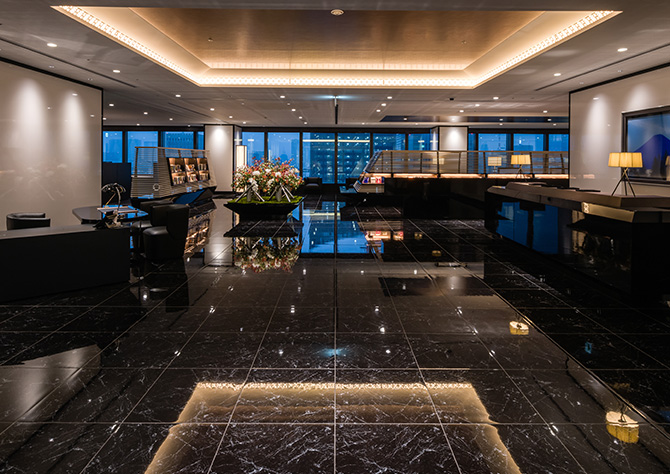
Analysis of the Business Environment
Japan's falling population, the increased aging of society, and the low birth rate will accelerate in the future. Japan's population is predicted to decline from 126.15 million in 2020 to 87 million in 2070. At the same time, the percentage of the population aged 65 and over is predicted to rise steadily from 28.6% in 2020 to 38.7% in 2070. Simultaneously, the average life expectancy is expected to rise and immigration is set to increase.*
Population decline is an issue that affects all industries, but we believe the impact on the real estate market will be especially significant. For this reason, we are building a real estate portfolio that addresses demographic changes, including promoting businesses related to the elderly and inbound tourism, in light of the rising number of overseas tourists coming to Japan.
In addition, while Japan's birth rate has been trending downward over the long term, the number of dual-income households is rising and the government is considering improving programs for child-rearing support. Anticipating the growing demand for tutoring academies and extracurricular activities for children, we have ventured into children education as one of our new business initiatives.
- *Source: Summary of Future Population Projections (2023) published by the Ministry of Health, Labour and Welfare
Hulic's Major Initiatives and Actions
- Building a real estate portfolio that addresses demographic change
- Promoting senior citizen-related business
- Promoting tourism-related business
- Promoting children education business
- Promoting oversea business
3. Energy

- Materiality
Contributing to actions for mitigating climate change and reducing our environmental impact
Related KPIs
- Greenhouse gas emission reduction targets
- Number of renewable energy systems installed in development / reconstruction projects: 3 or more every year
- Number of times climate change risks are monitored by the Sustainability Committee and reported to the Board of Directors
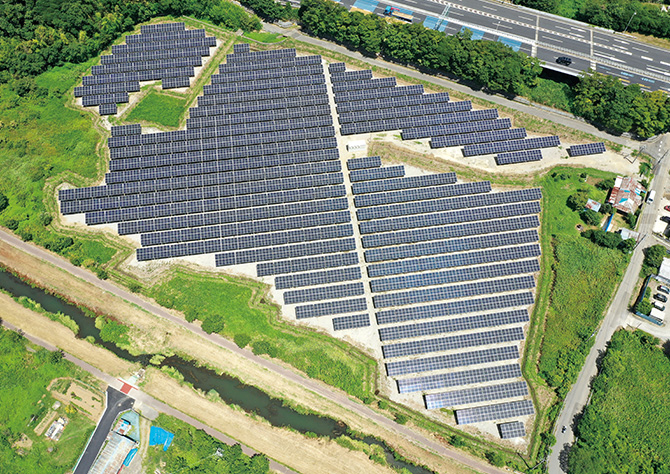
Analysis of the Business Environment
2030 interim targets have been set for reducing greenhouse gas (GHG) emissions, a worldwide issue, and a consensus has been reached on the goal of achieving carbon neutrality by 2050. These initiatives are meant to address the pressing concern of shifting to renewable energy. There are also energy supply concerns as many of the country's nuclear reactors remain idle. We believe that we, as a company, must do our best to address energy issues not only to secure energy for the Hulic Group but to help our customers' businesses run smoothly as well.
Hulic's Major Initiatives and Actions
Output
Business activities
- Evolution of the business model and restructuring of the leasing portfolio
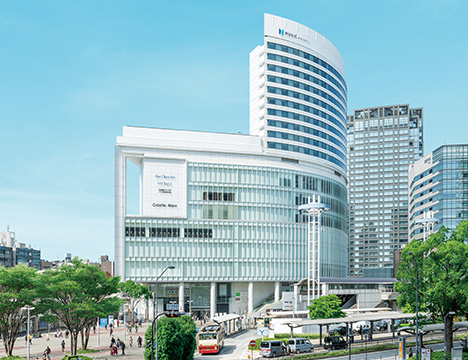
- Strengthening development and
value-added businesses - Development and
Reconstruction
Business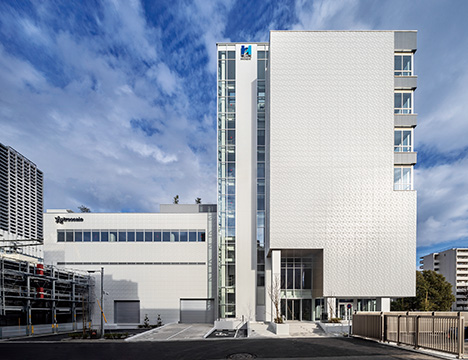
- Value-added
Business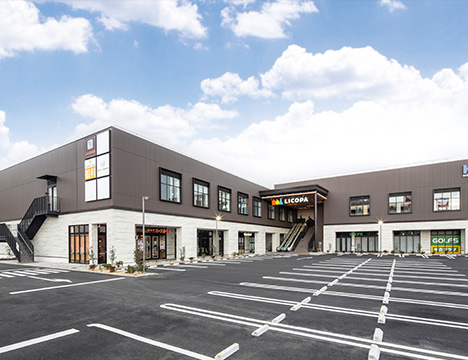
- Creation of unique new business domains and enhancement group capabilities
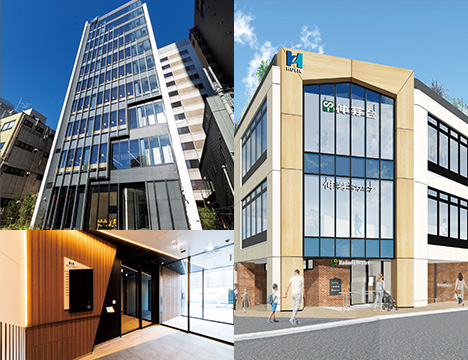
Sustainability activities
Outcome
Creation of Social Value
Materiality
 Providing safe, secure buildings and spaces
Providing safe, secure buildings and spaces Contributing to actions for mitigating climate change and reducing our environmental impact
Contributing to actions for mitigating climate change and reducing our environmental impact Addressing changes in demographics
Addressing changes in demographics Collaborating with business partners and local communities
Collaborating with business partners and local communities Promoting diversity and the development of professional human resources
Promoting diversity and the development of professional human resources Maintaining and improving governance trusted by stakeholders
Maintaining and improving governance trusted by stakeholders
Creating corporate value
Achieving high-level balance between indicators
| Indicator | FY2024 Results |
|---|---|
| Ordinary profit JPY 100.0 billion or more |
JPY 154.3 billion or more |
| Maintain an AA external credit rating |
As of December 31, 2024 AA- (stable) |
| Maintain ROE 10% or higher |
12.8 % |
| Payout ratio 40% or higher |
40.1 % (Dividend per share JPY 54.0) |
| Market cap. JPY1 trillion or more |
As of December 31, 2024 JPY 1,052.0 billion |
